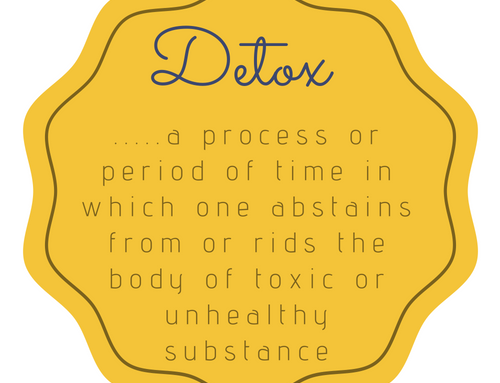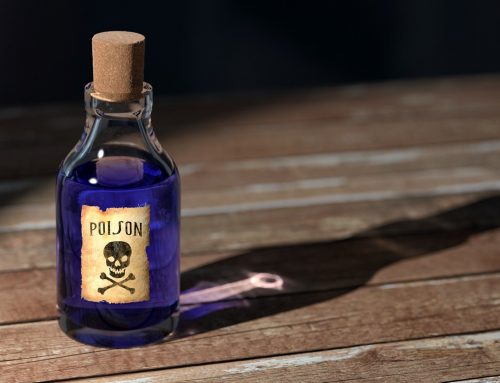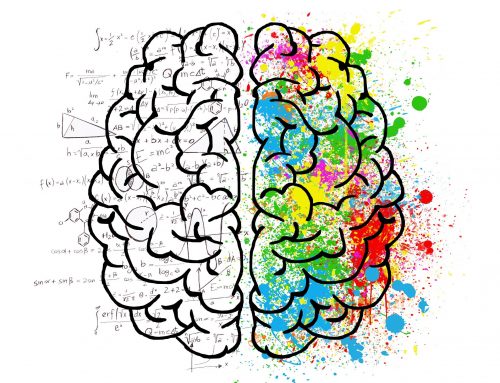treatment for bacterial infections
Bacterial infection is differing from other infections because these are due to living things that have only one cell. Bacteria are single celled organism that lives in abundance humans, plants, animals and parts of the planet. Bacterial infection can cause a variety of conditions on the human body. It can effect on the throat, the lungs, the skins and so many other parts of the body. There are two types of bacteria are exist in this world that’s Good bacteria and Bad bacteria. Good bacteria help to digest food and destroy disease causes cell but Bad bacteria is harmful for your skin and tissues. But don’t worry about bad bacteria because Healing journey services can provides you modern rules for the Treatment for bacterial infections like:
Antibiotics are the basic treatment for the bacterial infection from so many times but now these days this is not enough for this treatment. Use properly antibiotics can save lives.
Wash your hands properly before preparing food with soap and hand wash. This is the basic step of every bacterial infection treatment.






